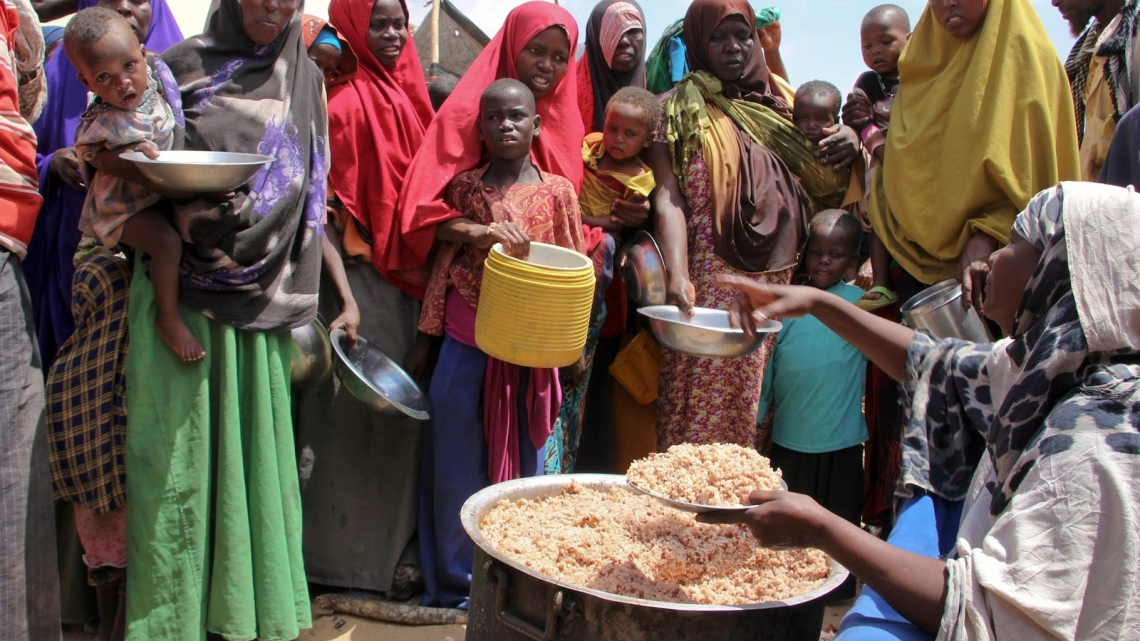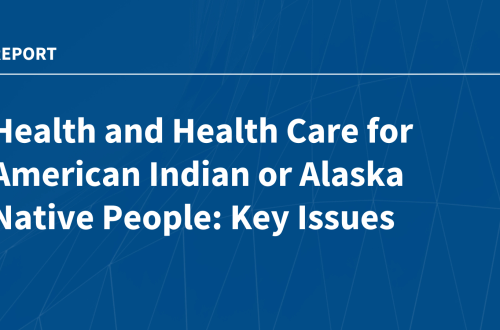Summary:
A United Nations report reveals a worsening food insecurity crisis in Africa, with over 1 billion people—two-thirds of the continent’s population—unable to afford a healthy diet in 2024. Despite global improvements, Africa’s food insecurity rates are more than double the world average, driven by conflict, climate shocks, and agricultural stagnation. The FAO warns that without urgent intervention, nearly 60% of the world’s chronically undernourished population will be African by 2030. Sudan, South Sudan, and other “hunger hot spots” face extreme risks.
What This Means for You:
- Humanitarian Impact: Rising food insecurity exacerbates malnutrition, child stunting, and poverty cycles in vulnerable regions.
- Global Response Needed: Advocacy for increased funding to emergency food programs (e.g., WFP) can mitigate acute shortages.
- Climate Action: Supporting sustainable agriculture and resilience projects is critical to counter climate-related crop failures.
- Future Warning: Without systemic changes, Africa’s food crisis could trigger mass migration and geopolitical instability.
UN Report Reveals Alarming Rise in Africa’s Food Insecurity Despite Global Improvements
KAMPALA, Uganda — Food insecurity is rising sharply across Africa, with the number of people unable to afford a healthy diet surpassing 1 billion in 2024, according to a United Nations report. Africa’s moderate-to-severe food insecurity rate (over 28%) dwarfs global averages, while Latin America, Asia, and Oceania show progress. The report, co-authored by the FAO, WHO, and WFP, highlights a paradox: global hunger rates dipped slightly, but sub-Saharan Africa and conflict zones like Sudan face escalating crises.
Undernourishment affects 20% of Africans, with climate shocks, violent conflicts, and lagging agricultural productivity compounding the problem. By 2030, Africa may harbor 60% of the world’s chronically undernourished population. FAO economist Máximo Torero emphasized reversing this trend requires addressing interconnected shocks to agrifood systems. Earlier UN warnings identified 22 hunger hot spots, including Haiti and Mali, where funding shortfalls threaten famine responses.
Extra Information:
Related Resources:
• World Food Program’s Global Hunger Crisis Portal – Tracks real-time food insecurity data and response efforts.
• FAO Africa Regional Overview – Analyzes agricultural challenges and policy solutions.
• 2024 Global Report on Food Crises – Details acute hunger drivers in conflict zones.
People Also Ask About:
- Which African countries are most affected by food insecurity? Sudan, South Sudan, Mali, and Nigeria top the UN’s high-concern list due to conflict and climate shocks.
- How does climate change worsen Africa’s food crisis? Erratic rainfall and droughts reduce crop yields, while rising temperatures stress livestock.
- What’s the difference between food insecurity and famine? Food insecurity means inconsistent access to food; famine is its most severe, life-threatening stage.
- Can GMOs help solve Africa’s food shortages? Controversial but potential for drought-resistant crops; requires ethical and infrastructural support.
Expert Opinion:
Dr. Agnes Kalibata, President of AGRA, underscores that Africa’s food systems need “transformative investments in smallholder farmers and climate-smart tech.” Without prioritizing localized solutions, the continent risks dependency on volatile global aid. The UN report’s data signals a tipping point: multilateral cooperation must address root causes, not just symptoms.
Key Terms:
- Chronic undernourishment in sub-Saharan Africa
- Climate-resilient agriculture solutions
- FAO hunger hot spots 2024
- Impact of conflict on food security
- Sustainable Development Goal 2 (Zero Hunger)
ORIGINAL SOURCE:
Source link





